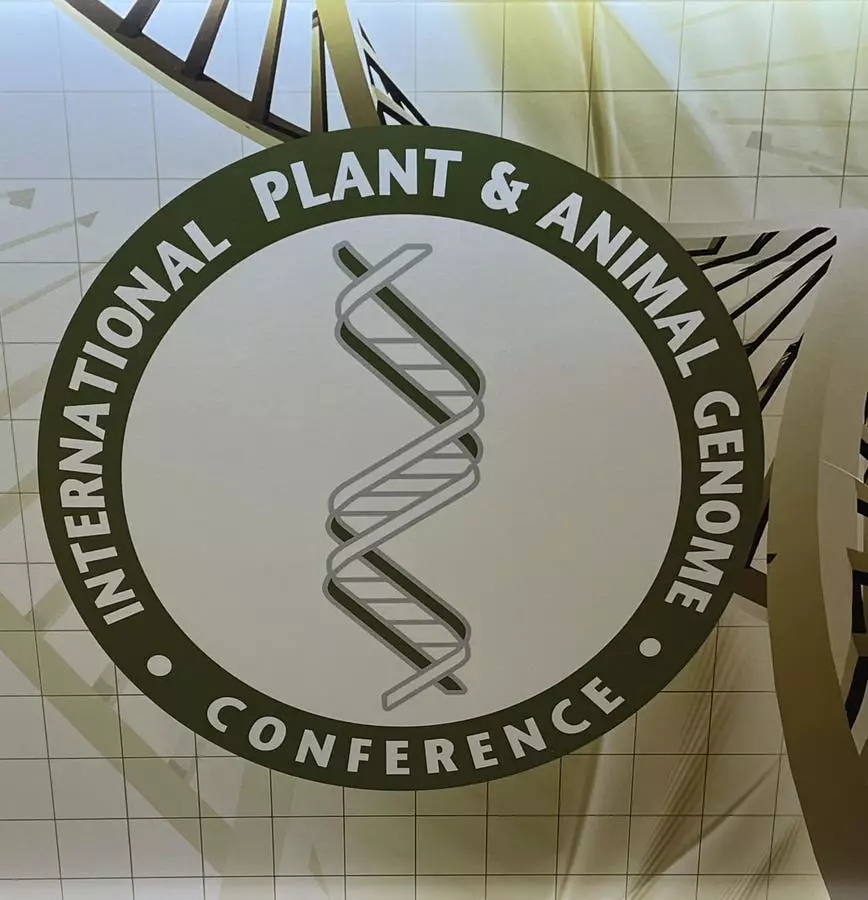The Plant and Animal Genomics (PAG) conference, held in San Diego from January 10th to 15th, marked its 32nd iteration, attracting an impressive assembly of nearly 2,400 attendees from 65 nations. This convergence of scientists, industry leaders, and researchers reflected the growing importance of genomics—an ever-evolving domain focused on decoding the DNA of various organisms to unveil genetic relationships, origins, and functionalities. The conference emphasized not only the academic pursuit of genomics but also the myriad practical applications within sectors such as medicine, agricultural biotechnology, and livestock breeding.
The financial investments in genomics from diverse industries signify a remarkable shift. Technological advancements have dramatically lowered the cost associated with key genomic technologies, transforming research endeavors that once seemed daunting into achievable goals. With the tools now accessible to a wider range of researchers, real-world applications within plant and animal research and development (R&D) have proliferated.
Revolutionizing DNA Sequencing Technologies
A standout topic of discussion was the significant advancements in DNA sequencing technologies. Historically, projects such as the Human Genome Project were resource-intensive, requiring around 13 years and nearly $3 billion to map the human genome’s approximately 33,000 genes. Fast-forward to today, and we find companies like Illumina redesigning the landscape of genomic analysis. In just a few days, their equipment can decode a human genome for under $200. Another innovative company, Ultima, has pushed the envelope further with a sequencing machine that utilizes silicon wafers—a technology derived from the semiconductor industry—to read up to 8 billion DNA segments at a price point of approximately $100 per human genome.
During the conference, the energy within the exhibit halls was palpable, evidenced by numerous job listings pinned across bulletin boards. The event featured seven plenary sessions, over 200 scientific presentations, and various workshops, encapsulating a vibrant community eager to explore the latest advancements in genomics. Researchers and start-ups have newfound capabilities to pursue genomic analysis and plant improvement projects that were previously confined to the largest agricultural players, such as those in the corn and soybean sectors.
One of the most pressing discussions revolved around climate adaptation and the pressing need for innovative agricultural solutions. Modern genetic tools have unlocked three major strategies for crop improvement: Marker Assisted Breeding (MAB), Genome Editing, and the development of Transgenic Crops.
Marker Assisted Breeding employs traditional techniques, amplifying the efficiency of trait selection. Scientists can identify key genes in individual seeds, streamlining the breeding process and significantly shortening the time for perennial crops to reach their best yield. This method has received extensive application in row crops, allowing for optimized results without the need for large-scale progeny trials.
Genome Editing further refines the breeding process by facilitating precise gene modifications. With this approach, scientists can turn genes on or off within the existing genome, eschewing the introduction of foreign DNA. This method has the potential to enhance desirable traits with minimal disruption to the overall genetic integrity of the crop.
Transgenic technology brings yet another dimension by enabling the incorporation of specific traits that may not be attainable through traditional breeding or genome editing alone. Plenary discussions specifically highlighted the complexities surrounding regulatory frameworks that vary widely by region, affecting how these techniques can be deployed.
Navigating the Regulatory Landscape
The regulatory landscape for genetically modified organisms (GMOs) presents a multitude of challenges. In the U.S., while pathways are established for MAB, Genome Editing, and Transgenic approaches, the intricacies of navigating the regulatory system can still pose hurdles. Agencies like the USDA, EPA, and FDA play pivotal roles in facilitating early-stage discussions with crop developers to streamline the review processes and foster the commercialization of these technologies.
International regulations show even more complexity, particularly regarding transgenic crops. Regions like the European Union have stringent restrictions in place, often stymying innovation in developed GMOs. The irony lies in the cautious and methodical research conducted over the decades—regulatory barriers that once served to protect public interest are now threatening to limit the full R&D potential that the industry has only recently begun to tap into.
Despite these challenges, the optimism surrounding advanced genomics remains palpable. As the global population continues to grow, the necessity for climate-resilient crops and innovative agricultural practices becomes increasingly urgent. The potential that genomics holds to contribute to food security and sustainability in the face of climate change is monumental.
The outcomes from the PAG conference suggest a bright future in agricultural innovation, promising to revolutionize methods and practices that could address pressing global dietary needs. With the continual evolution of genomics technologies and their applications, the intersection of science and practicality stands to benefit not only researchers and industry stakeholders but ultimately, the global population at large.


Leave a Reply